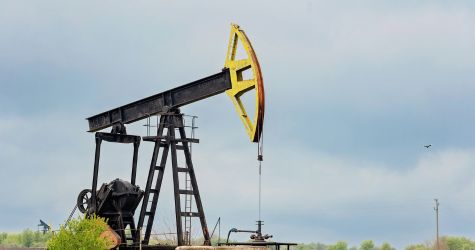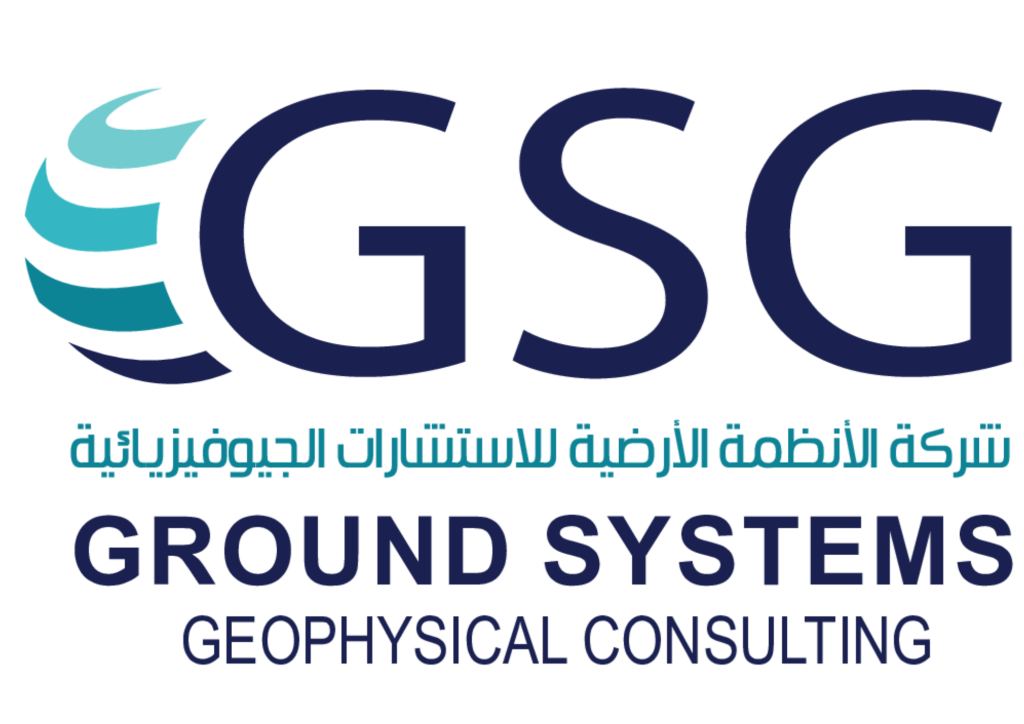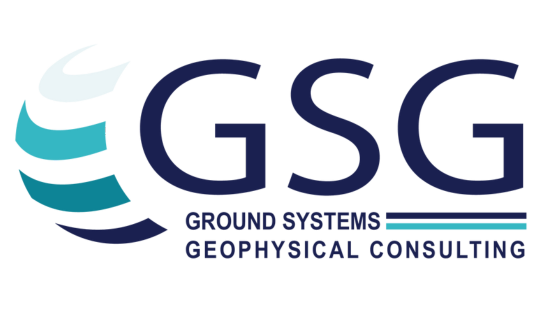
How Geophysics Facilitates Resource Extraction
How Geophysics Facilitates Resource Extraction
Geophysics is revolutionizing the way natural resources are identified, evaluated, and extracted. By applying physical principles to study the Earth’s subsurface, geophysics enables accurate and efficient exploration, minimizing environmental impact while maximizing yields. Let’s explore the pivotal role of geophysics in resource extraction.
Seismic Methods
Seismic methods are among the most widely used techniques in geophysics for resource extraction, particularly in oil and gas exploration.
- How It Works: Seismic waves are sent into the ground, and their reflections are analyzed to map subsurface structures.
- Applications: Identifying oil and gas reservoirs, assessing geological hazards, and planning drilling operations.
- Advantages: High accuracy in detecting resource-rich zones and reducing exploratory drilling costs.
Magnetometry
Magnetometry measures variations in the Earth’s magnetic field to detect mineral deposits and other anomalies.
- Uses: Locating iron ore, nickel, and other magnetic minerals.
- Technology: Modern magnetometers are highly sensitive and capable of detecting subtle magnetic variations.
- Advantages: Non-invasive and ideal for large-scale surveys.
Gravimetry
Gravimetry detects density differences in subsurface layers by measuring variations in the gravitational field.
- Applications: Exploring oil reservoirs, salt domes, and geothermal energy sources.
- Technology: Advanced gravimeters provide detailed data for modeling underground structures.
- Benefits: Complements seismic and magnetic methods for a comprehensive analysis.
Electrical Resistivity and Induced Polarization
These methods involve injecting electrical currents into the ground to measure resistivity and chargeability.
- Electrical Resistivity: Helps identify groundwater, ores, and voids by measuring how well the ground conducts electricity.
- Induced Polarization (IP): Detects mineralized zones by observing delayed voltage decay.
- Applications: Useful in mining for locating metals such as gold and copper.
Electromagnetic Methods
Electromagnetic (EM) techniques measure the response of subsurface materials to electromagnetic fields.
- Applications: Locating conductive minerals, hydrocarbon deposits, and groundwater.
- Advantages: Effective for both shallow and deep investigations.
Integrating Geophysical Data with Advanced Modeling
Modern geophysics combines data from multiple methods to create 3D models of subsurface structures. These models help in decision-making for resource extraction, ensuring efficiency and minimizing risks.
Enhancing Sustainability in Resource Extraction
Geophysics promotes sustainable extraction practices by reducing the need for invasive exploratory drilling and optimizing resource recovery.
Conclusion: Geophysics plays a crucial role in the discovery and extraction of natural resources. By integrating advanced techniques and technologies, it ensures a balance between economic gain and environmental responsibility.
Discover More: Visit Geo Exploration for insights into cutting-edge geophysical solutions for resource extraction.



